Skipping around King’s Cross: Remembering 10 years of urban gardening.
#20YearsofGG: Our Blog Series traces the legacy of the organisation by telling stories of volunteers, staff, young people, community members and more. Get to know Global Generation through the many voices that have made us up through the years.
——————-
On the day of his birthday, we share the memories of Paul Richens, former garden's manager, worm botherer, garden gnome and the person behind food growing in skips at our original site The Skip Garden in Kings Cross!
——————-
My name is Paul Richens and I was the Global Generation’s gardens’ manager for about 10 years. My background was a lifelong family interest and practice in growing vegetables and natural history but due to mostly living in small flats I developed an interest in growing organic vegetables in containers of one shape or another. This blog post will be about my experience as Gardens manager – others I’m sure will talk about the tremendous work that Global Generations does working with adults and children.
My first meeting with GG
I had just started my company [Blue Dome Synergies] – gardening using organic principles and practices and was working to create a roof garden for a restaurant called Acorn House just off Gray’s Inn Road, where I met Jane Riddiford, the co-founder of Global Generation. They were looking for an organic gardener to help create gardens, working with local businesses and local schoolchildren.
Gray’s Inn Road roof garden
The first project I was involved with was a roof garden on the roof of an office block just up the Gray’s Inn Road from King’s Cross. GG had already built the central part of the garden but there was room at one end for a vegetable plot. It was a steep learning curve for me being my first roof garden so I had to learn about roof loading, watering/drainage, protection from the stronger sun and wind that you get on exposed roofs.
Most buildings don’t have load-bearing roofs, usually they’re only designed to cope with a snow load, not large amounts of wet soil. It was decided to weave a number of one-metre diameter circular bottomless baskets, with a waterproof liner. These were placed directly on the roof and filled with soil to a depth of 40cm. This is when I started to work on my ‘snow-shoes rafting’ method for reducing loading on roofs.
GG organised a workshop with local school students to weave the baskets. It didn’t take long with everyone enjoying themselves. Getting the soil onto the roof was another matter as the building had only one very small lift that didn’t seem that it would be able to carry any soil load. This is where I learnt never to underestimate the enthusiasm of students. The soil arrived in plastic sacks; there must have been a tonnes’ worth. We stationed a student on each stairwell landing so that they only had to carry one bag up their flight of stairs. This was the first (but not the last time) that I was amazed by the power of community work. It was soon done. Then we planted seedlings into the baskets. I am so grateful to this site as it taught me so much about roof gardening.
Building more organic school and office vegetable gardens
GG then started to win more contracts with local schools and businesses to build, with the help of staff and students, organic vegetable gardens. This was a very exciting period as the range of sites and challenges was huge. Only in one school did we build the garden on earth, mostly it was in containers on hard surfaces.
As they were also to be used as teaching gardens we always included three beds to practise crop rotation, beds for herbs, beds for perennial vegetables, if we had the room beds for soft fruit. A composting area was always included mostly of the three open bin style. We always worked with the students and staff to make these gardens so that they could claim ownership of them. The enthusiasm was extraordinary. One of many happy memories was when soil for the garden was mis-delivered on the far side of the school. No matter, with two students to a trug they carried the entire two tonnes of soil to the garden in under an hour – breath-taking.
The King’s Cross development sites
In 2009 Global Generation managed to convince the King’s Cross developers to let GG use a small parcel of land before building began. The first site was right under St Pancras station where you could see the Eurostar’s trains coming into the nearest platform. It was a funny piece of land, triangular in shape with one
edge alongside a road (wooden hoarding stretched the entire length) backed off with some of the original social housing flats. The ground was very rough, mostly broken bricks and rubble – not good growing soil. There was plenty of room to erect a large geodesic dome for teaching and group meetings and an area to build a long lean-to shed to store materials.
At some point we understood that we would be found a new site when building on that site started so a movable garden was needed. At Kew Gardens I had seen some low profile skips with a drop front that I thought might work – until I found out just how much they would cost. The developers came to our aid (as they did many times), saying that they had some skips we might use.
Six very old skips
I was taken to the back of the King’s Cross development site and shown seven very old skips. They were piled one inside another (like egg cups) very rusty with most not having solid bottoms. Beggars can’t be choosers, so I took a deep breath and said yes. So started the Global Generation’s skip garden; not the most prepossessing of starts.
Constructing the Skip Garden
Once the skips had been delivered to the site by the developer’s JCB team, they were laid out in a row along the back edge of the site. They were certainly in a mess, very rusty and with very dodgy bottoms. They certainly weren’t up to being filled with soil as I had first thought so I drew up a plan with raised beds along three of the interior sides, no deeper than 30cm they also had guttering underneath to take away any water. A floor level frame was built around the inside to take a platform so even if the metal bottom did fall out we’d still have a floor. Up and over steps were installed at one end so folk could garden the three
beds from inside the skip. It took a lot of effort with a wire brushes and anti-rust paint to get the skips
ready for the day of construction. GG organised seven teams of students each of which was led by one gardener or a carpenter. The steps were built, supplied and installed by a local college. Amazingly all seven skips were kitted out with new floors and raised beds within five of the skips – all in one day.
We finished off by filling the beds with soil then getting the students to add earthworms. With so many great memoirs of the day one does stands out. Tim Brooks, Managing Director of the Guardian and other colleagues in the senior leadership team, who had recently moved into King’s Cross, joined us to help
with the building and was really enjoying himself. Unfortunately his Blackberry (it was a long time ago) kept bleeping, he managed to ignore it for about an hour before answering it. He was very sad to have to leave.
Seven skips - components to form a teaching garden
Looked at one way, any garden is made up of various functions so it wasn’t too difficult to decide to make each of the skips have one of those functions. This was probably the most fun part choosing a garden function to display in each skips.
We chose herb, three vegetable growing skips to practise crop rotation, an orchard skip, a polytunnel skip and finally a composting, wormery and a rainwater collecting skip.
The herb skip was planted with culinary favourites such as Thyme, Sage and Rosemary, much in demand by the kitchen.
I was always a believer in crop rotation so it wasn’t hard to dedicate three skips to show how this worked using a simple three bed system – legume, leaf and root.
Probably my favourite was the orchard skip. We were given a large metal mesh used to reinforce road surfaces that we looped over the skip to make a trellis to tie the fruit trees too. We planted six cordon trained fruit trees along each long side with a fan-trained tree at the front end. In the end we chose apple and pear trees on MM106 reducing rootstock.
Next was a poly-tunnel skip, to me it forever looked like one of those America covered wagons. I often used to explain that in the day it was hotter than Death Valley (53/54 degrees centigrade wasn’t uncommon) Tomatoes and Peppers hate it as they don’t like fluctuating temperatures. But we did grow excellent Physalis (or Cape gooseberries) that like it just fine.
Finally we constructed the composting and rainwater-harvesting skip. This had a large flat roof held up by scaffolding poles that collected rainwater. The sides were in-filled with mesh panels to make a sheltered room. At the front of the skip we hung a tumbler composter, a Scandinavian design; it had thick lagging
that composted anything very fast. Inside we maintained four Can-O-Worms wormeries and I must admit to them being one of my garden loves. These produced both fine rich soil (vermicompost) and worm tea, a name that highly amused both schoolchildren and visitors. So those were the seven skips of the skip garden but of course other structures were needed.
Other garden structures
The first site on the King’s Cross development site was comparatively small compared to our next two sites. The second site, the hoop garden, was much larger and this enabled us to have more structures, including a garden shed and a 6 metres polytunnel. For me, it was building a 6 metres long polytunnel using materials found on site that really made a difference enabling us to produce much more crops for our kitchen.
The ribs were made of large plastic pipes that were held in place by driving rebars (a metal rod) into the ground, not easy as the site was an old car park. One metre square trays were installed down both sides of the tunnel. I grew my best ever basil there. It turned out it was a great place to hold dinner parties on a long table down the middle. Later we built two smaller polytunnels where we grew tomatoes. I shall always be grateful to GG for allowing me to try various new ideas like an organic recycling system for the washing-up water from the kitchen.
The fourth garden site was designed and partially built by architectural students from UCL Bartlett. This meant we ended up with a long growhouse with mud walls plus a better office, teaching rooms and a good kitchen with a café area and a rather grand two storey glass house built with old slash window panels. The skips were placed in a row down one side. We installed a ground level kitchen wastewater recycling system under tables and benches. All in all it was a better site that benefited from what we’d learnt before. The arrival of a natural swimming pool as our close neighbour made for a wonderful garden.
Moving sites
I must say a few words about Argent, the King’s Cross Development company, both the office and construction workers building the site. They were always tremendously helpful and kind, often going the extra mile for what they must have thought of as a strange bunch of hippies. My main memory was when they organised a caravan of low-loads to carry, in procession, the skip garden from the first site to the second. I must point out that none of the skips rotten bottoms ever fell out.
Teaching organic gardening practice
My general intention when teaching organic gardening practice was to show by example that given even a little bit of love plants will flourish anywhere. We grew everything in containers and raised beds of various sorts. This was backed up by compost feeds, comfrey leaf feeds and vermicompost – along with plenty of water and no chemical sprays or fertilisers. Different plant family groups were planted in different soil types – sandy for herbs, loam and compost mix for most vegetables and a rich mix for tomatoes and other hungry eaters.
The range of people using the garden
Apart from wonderfully excited groups of schoolchildren and interested visitors I have strong memories of the Twilight Gardening sessions we laid on for local office workers and sessions for the site workers that GG combined with schoolchildren - brilliant for both groups. One memory is of an extraordinary night time pruning session on some fruit trees using head torches – goodness they were very keen.
Curious passers-by were probably the most intriguing, you never knew who would come through the gate - always interesting and fun.
Supportive colleagues
It’s a mark of the spirit of the place just how many of my colleagues became lifelong friends. They all brought something new to the table that I was happy to learn. One was that vegetarian food could be totally delicious, that certainly changed my eating habits. I don’t think that I ever laughed as much in any other job; I think this was because of the sorts of people who wanted to work in this sector – all had a burning desire to change how we interact with nature. I look back in wonder at how lucky I was to be part of that journey.


















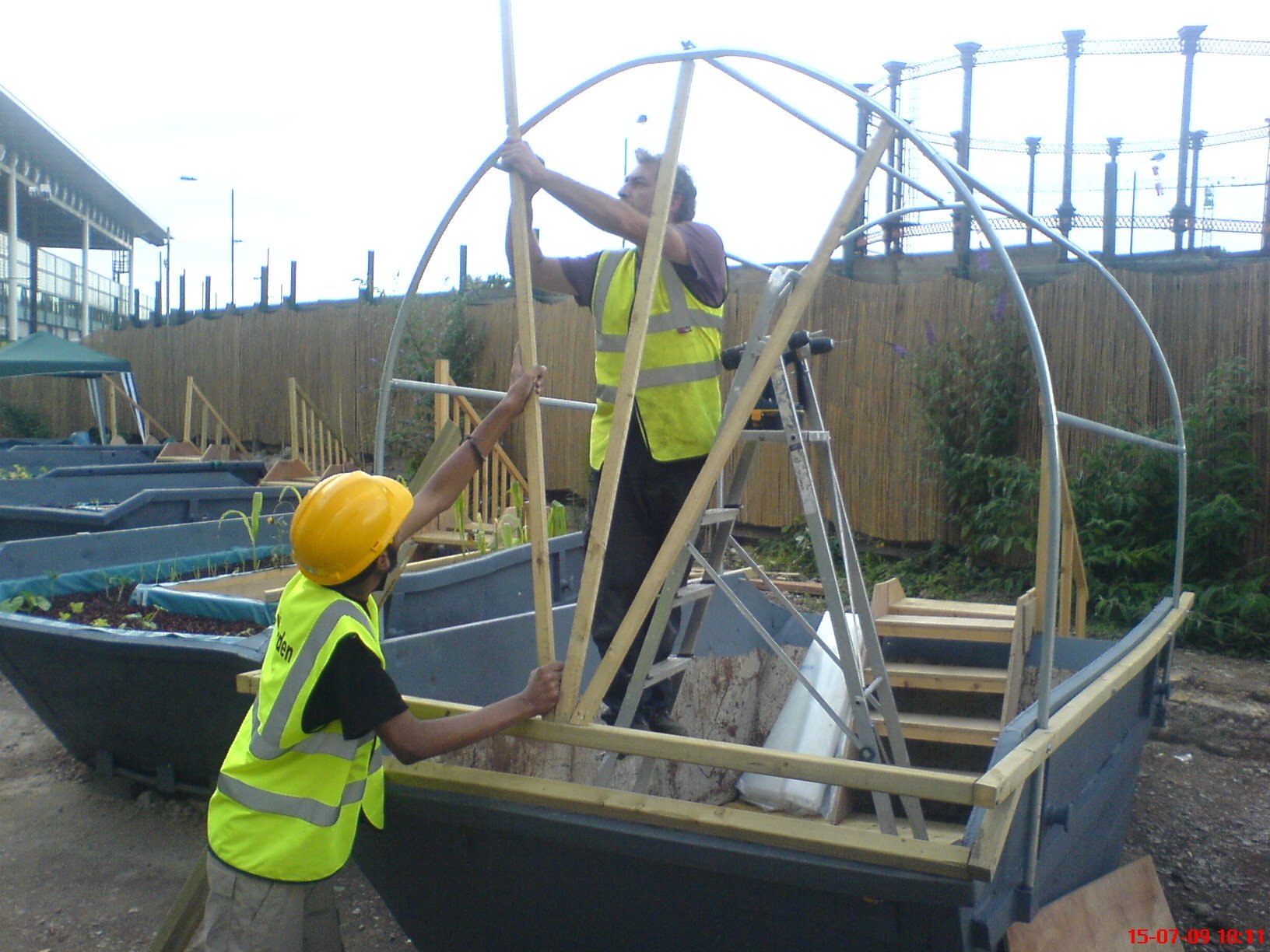



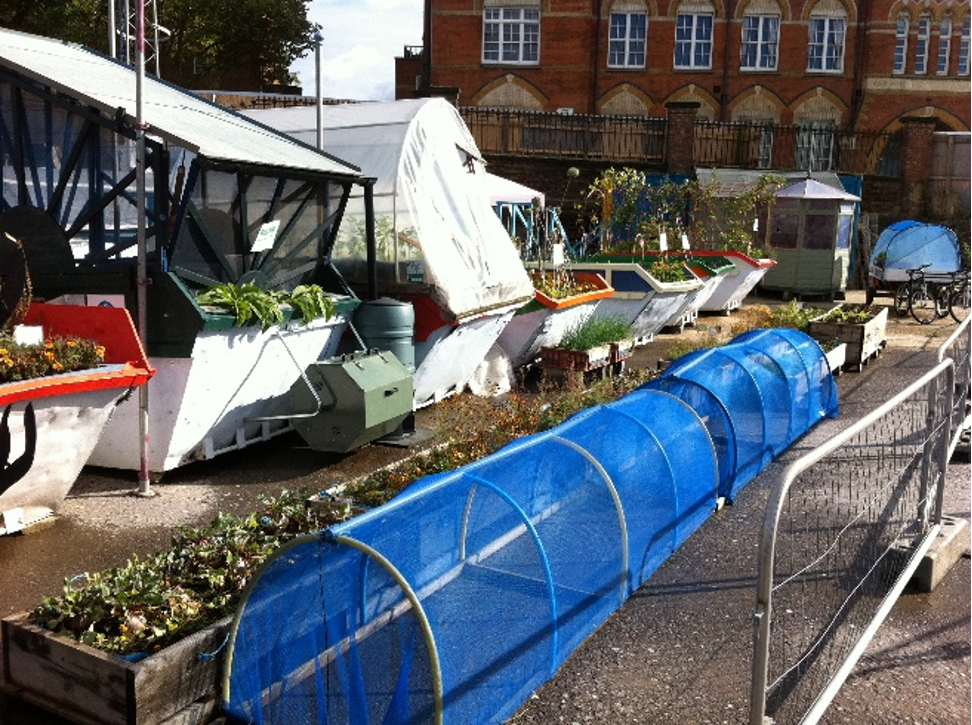
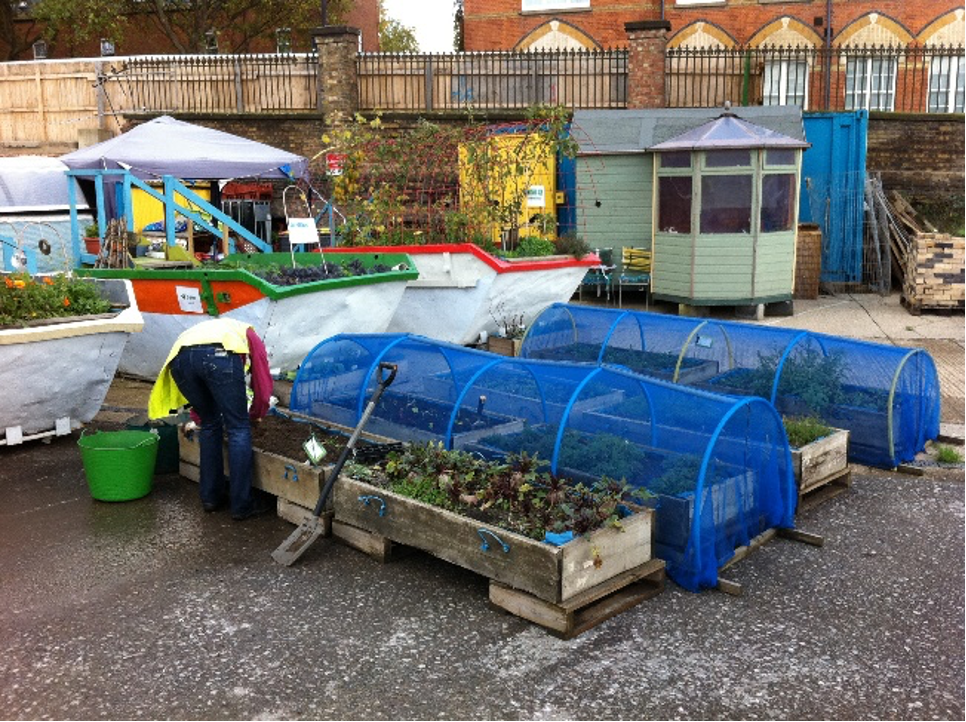
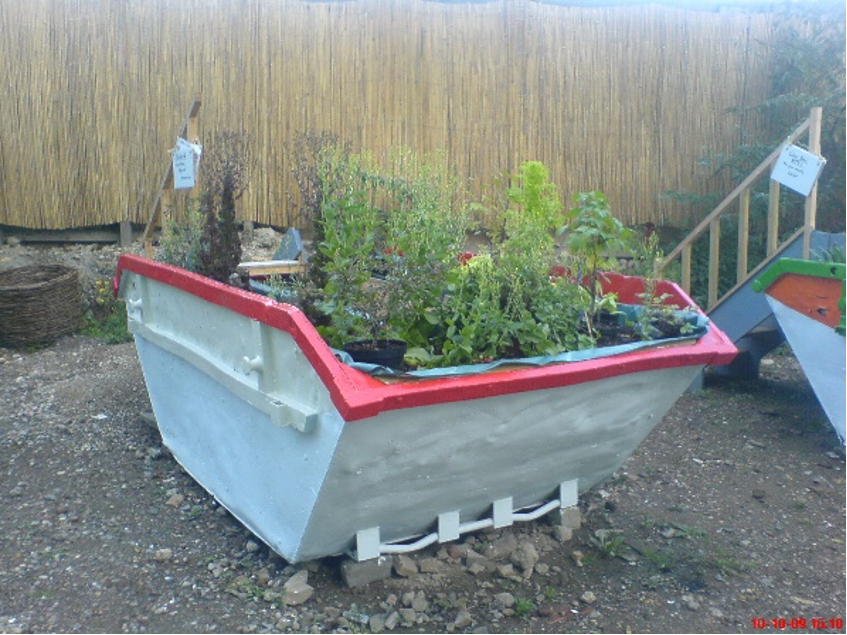
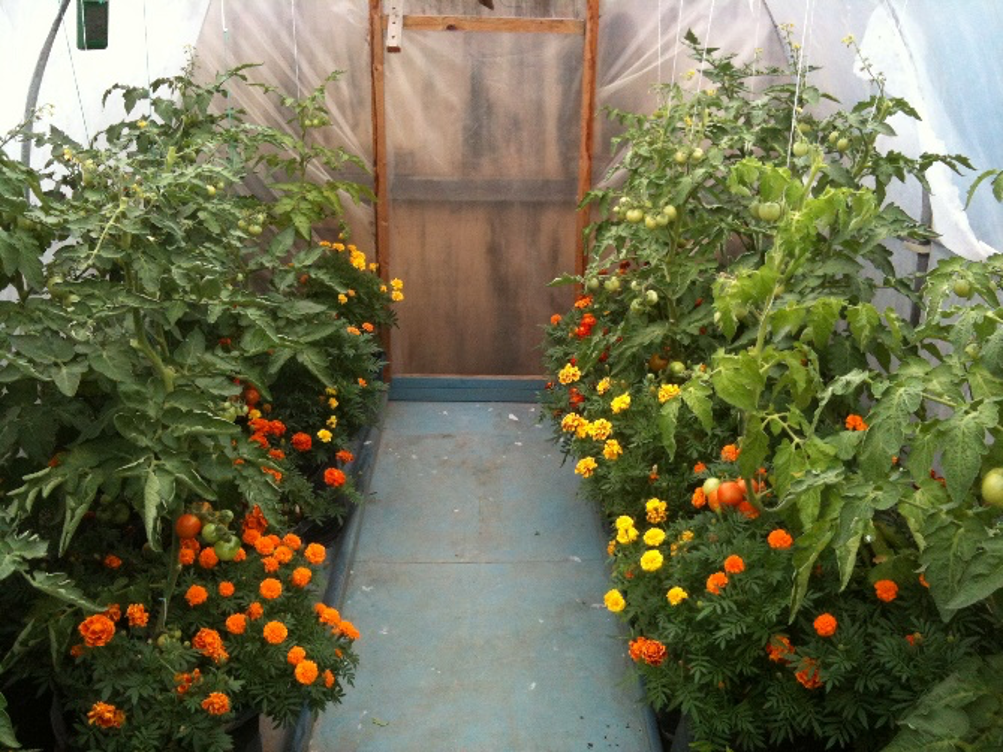

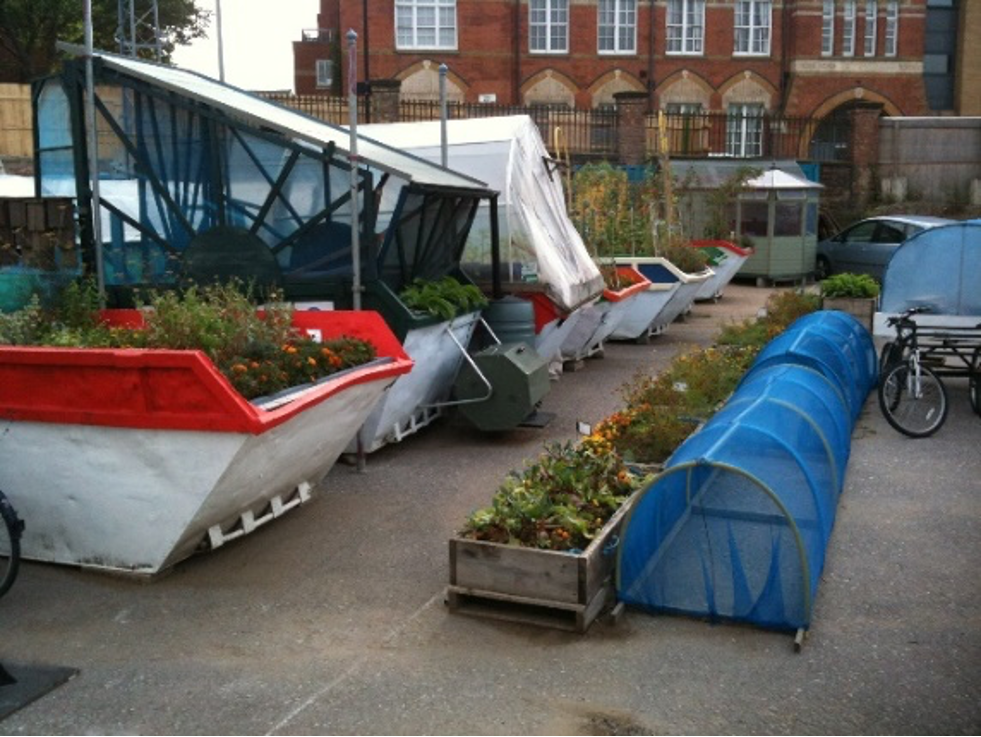
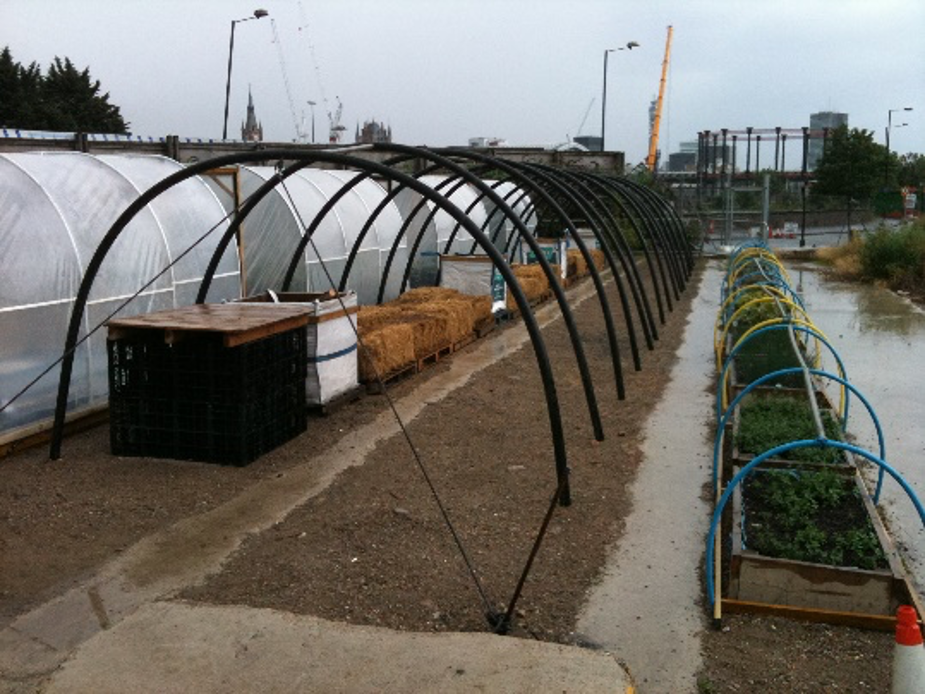
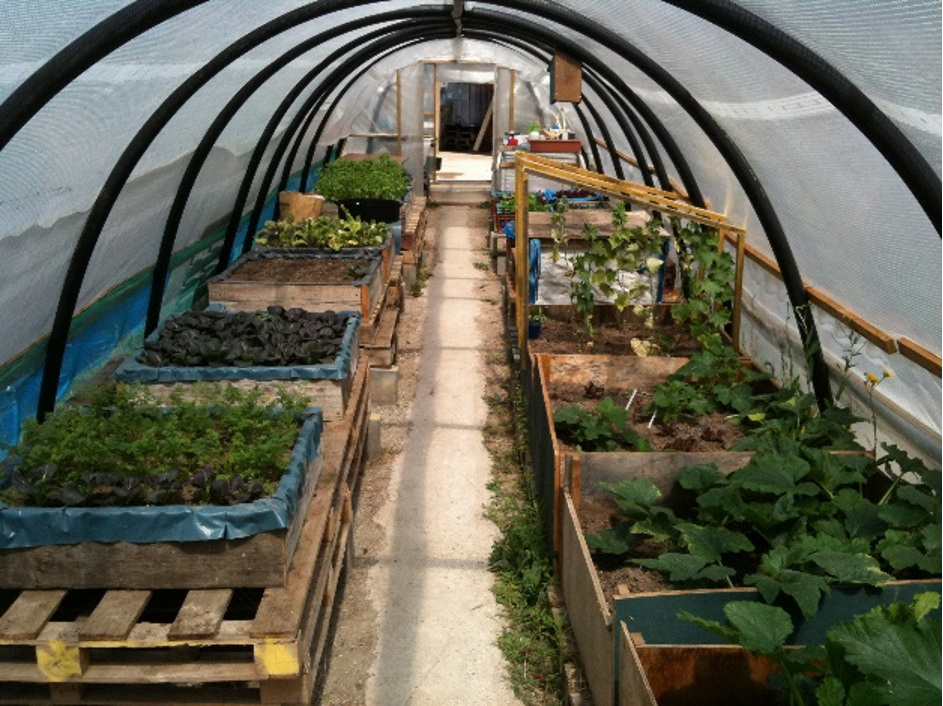
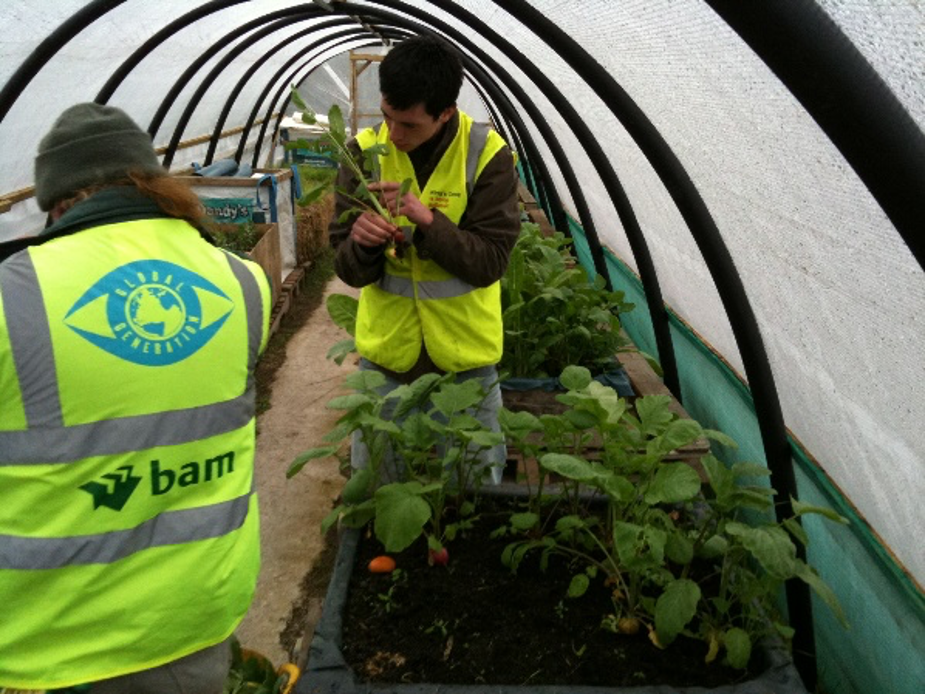
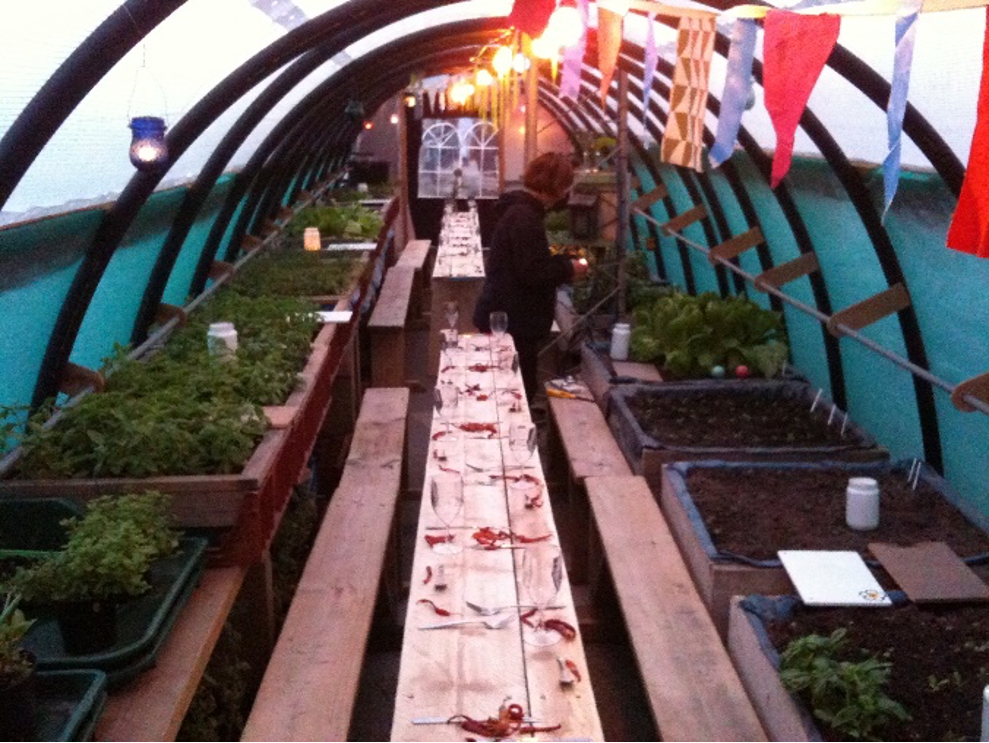
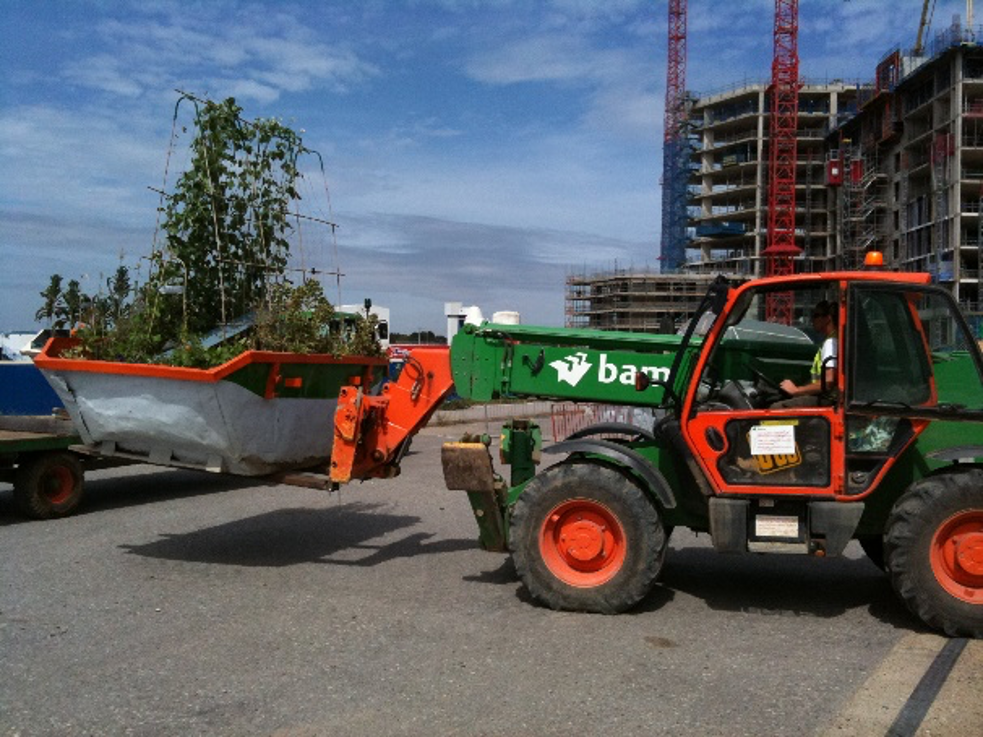
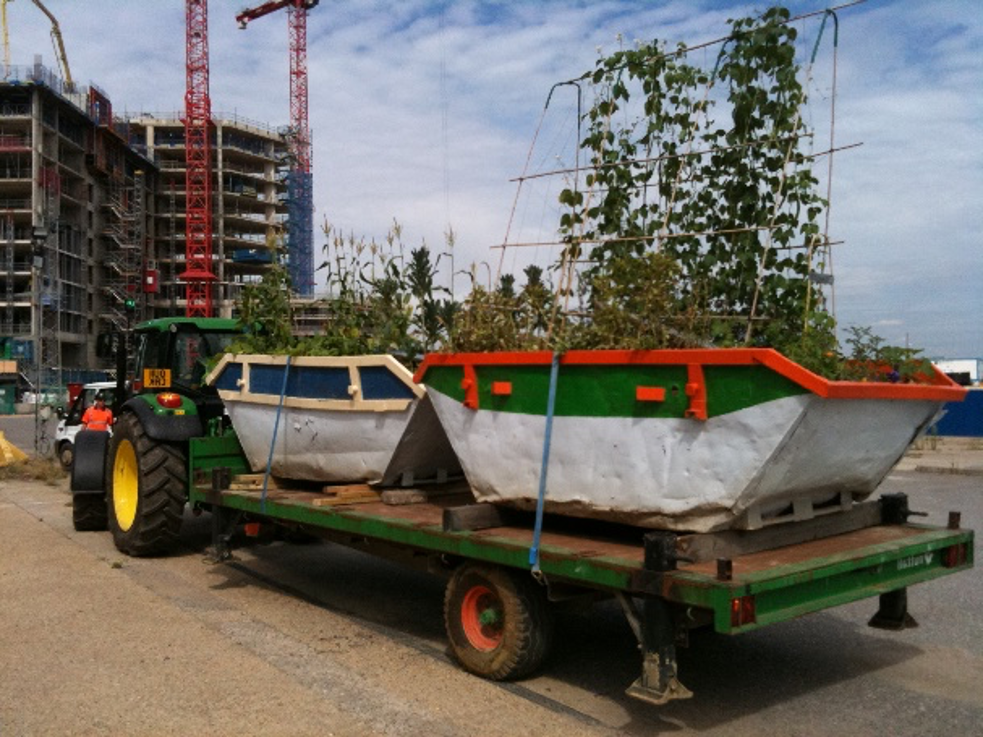
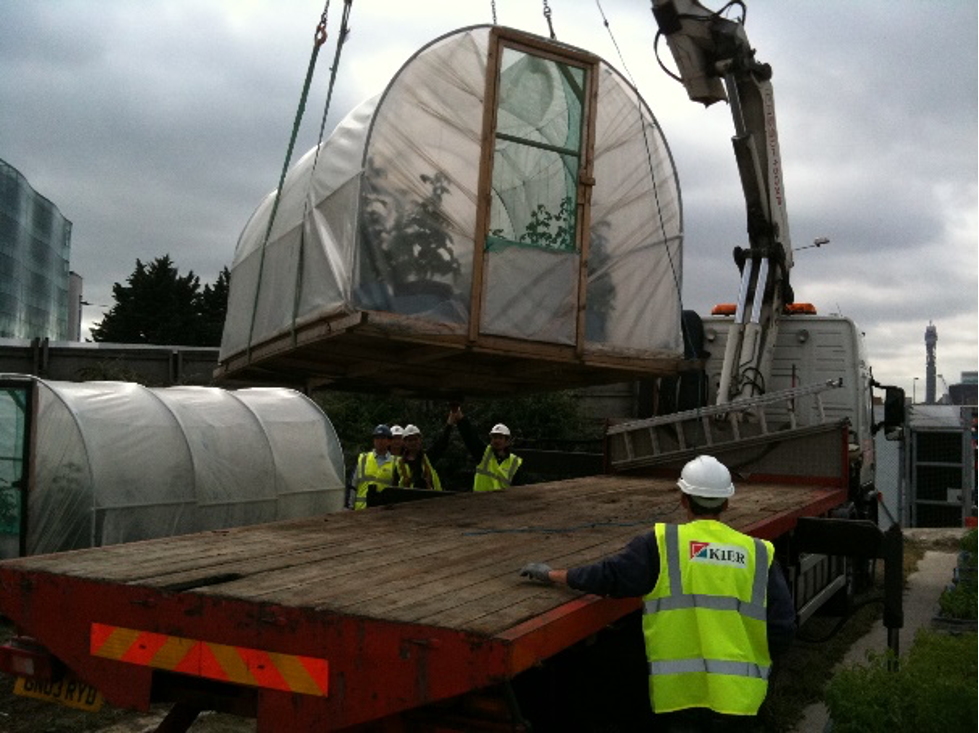

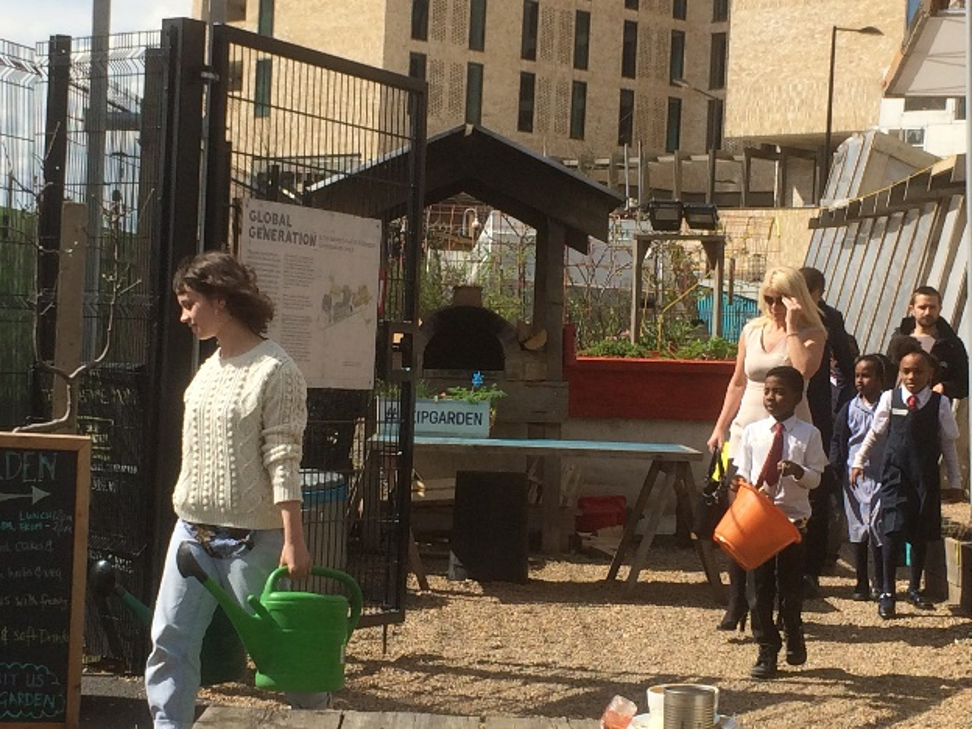
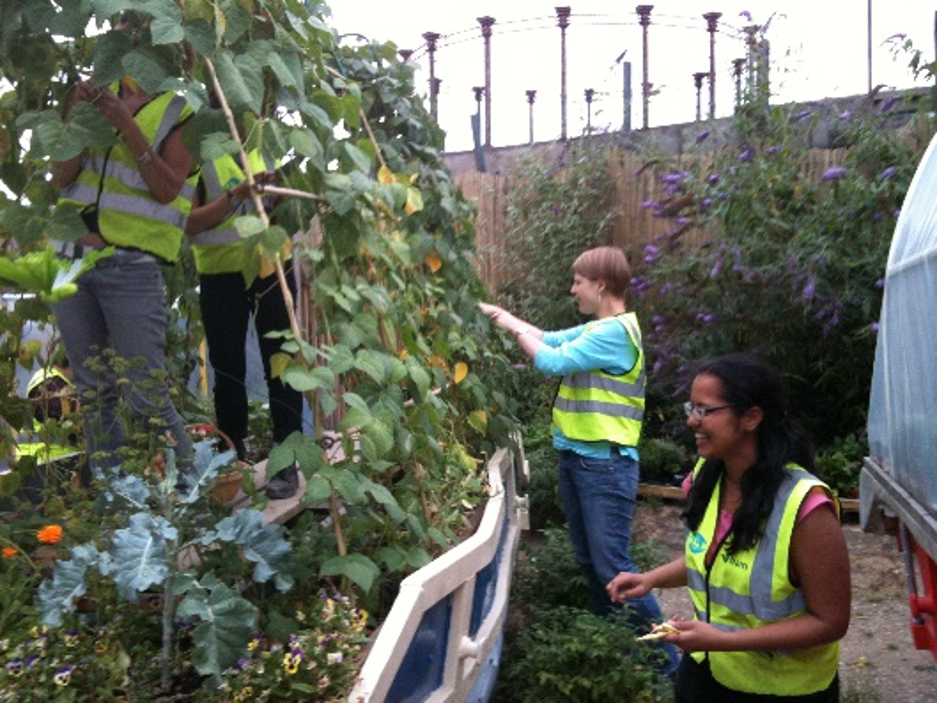
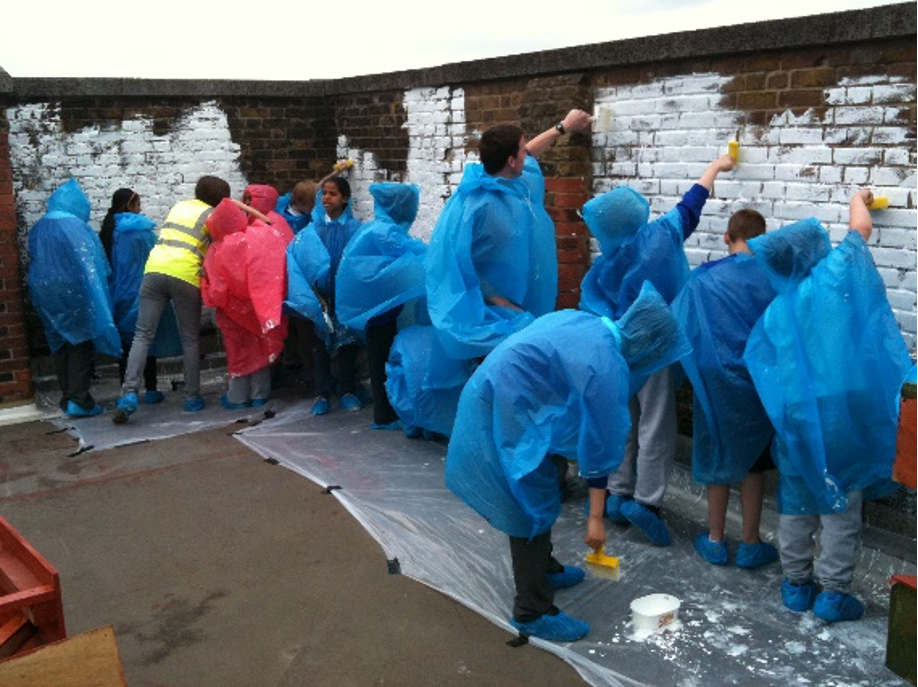
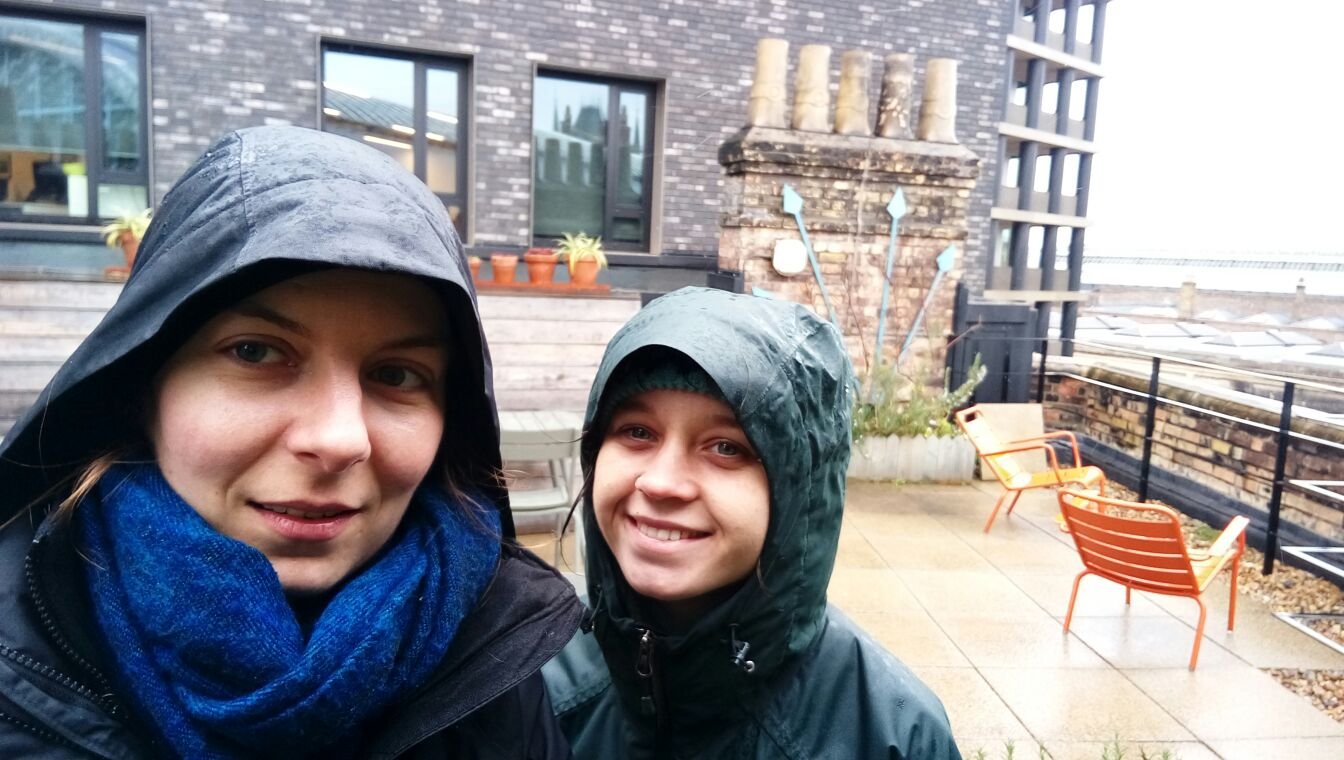
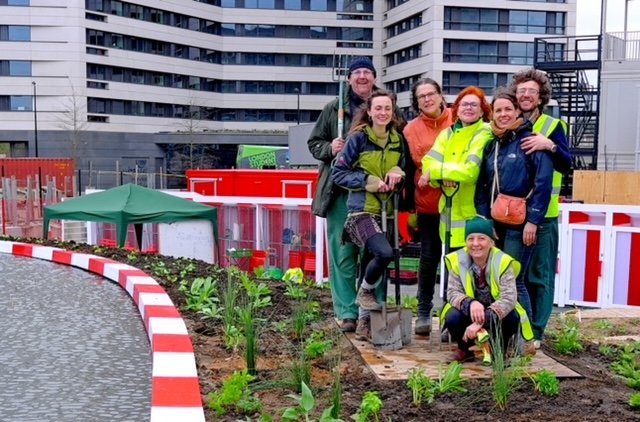
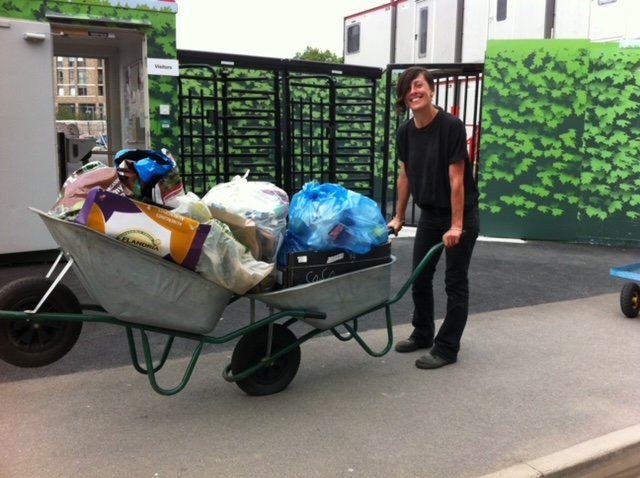
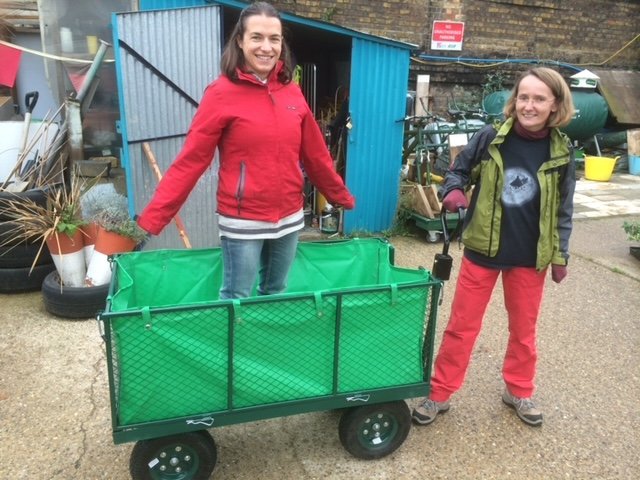
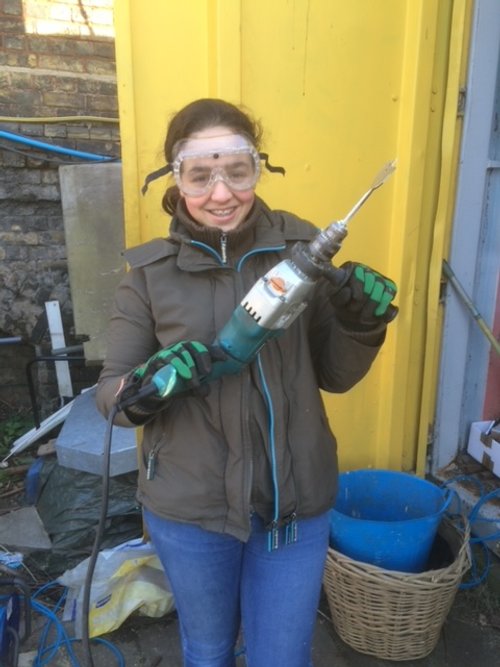


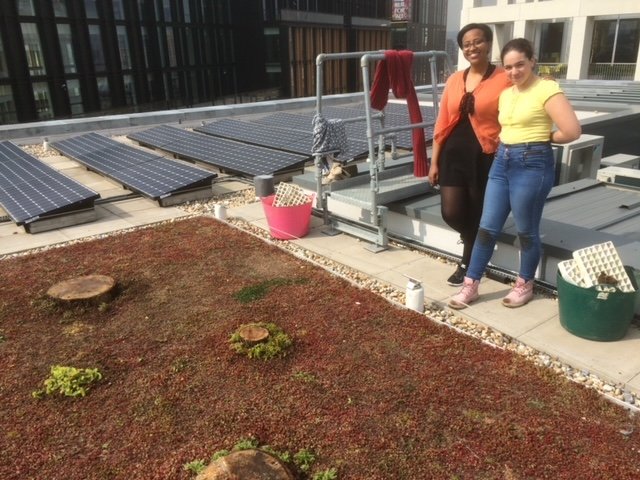
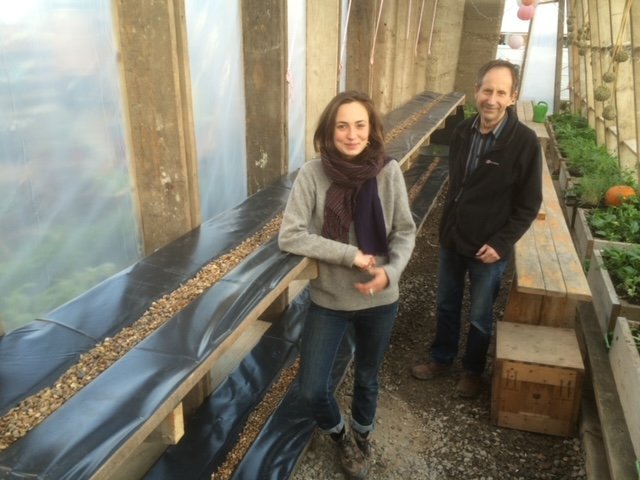
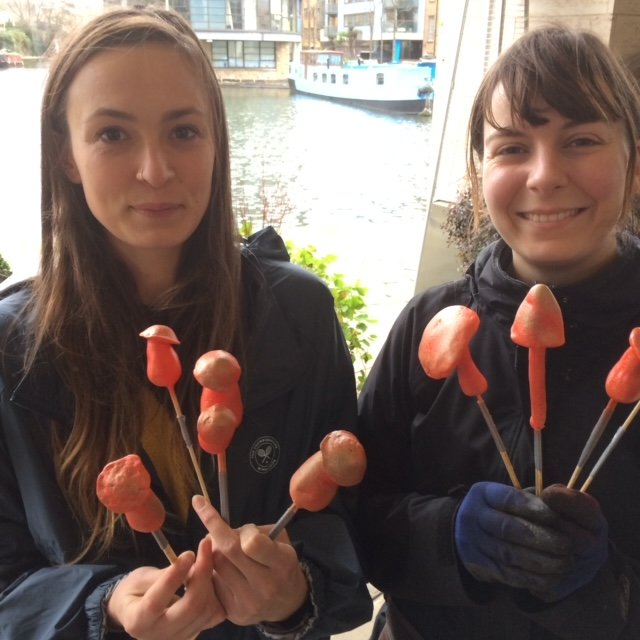
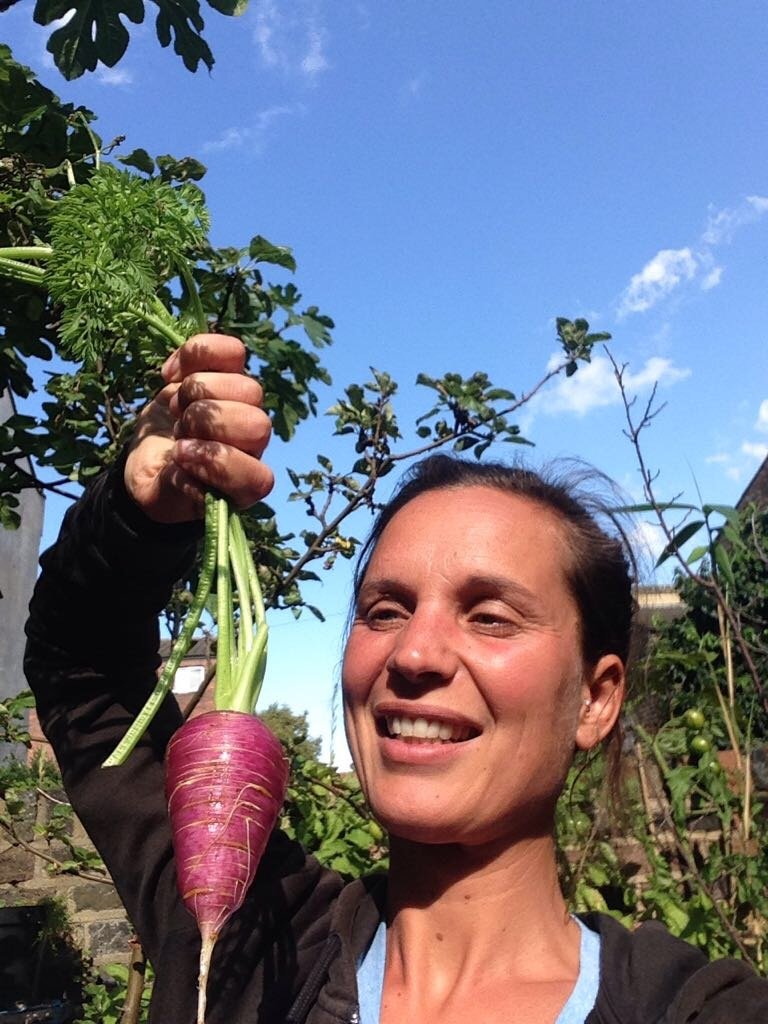

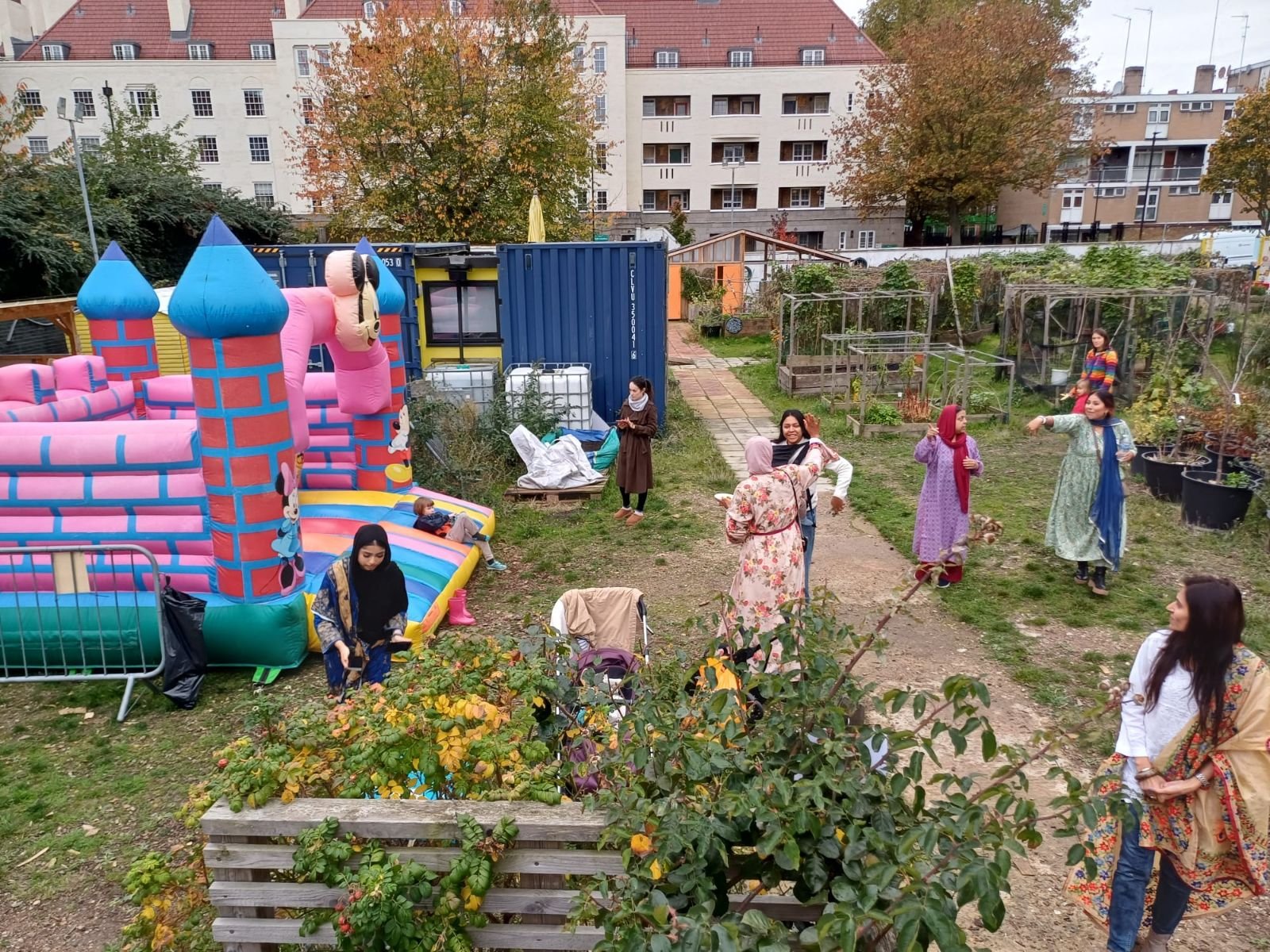

Meet our second cohort of earth build trainees! Their focus has been on all things wood, including green woodworking and the timber construction of the kitchen. They have learned on the job, while working on our sustainable natural build construction project to create our first permanent community garden, at the #TriangleSite.